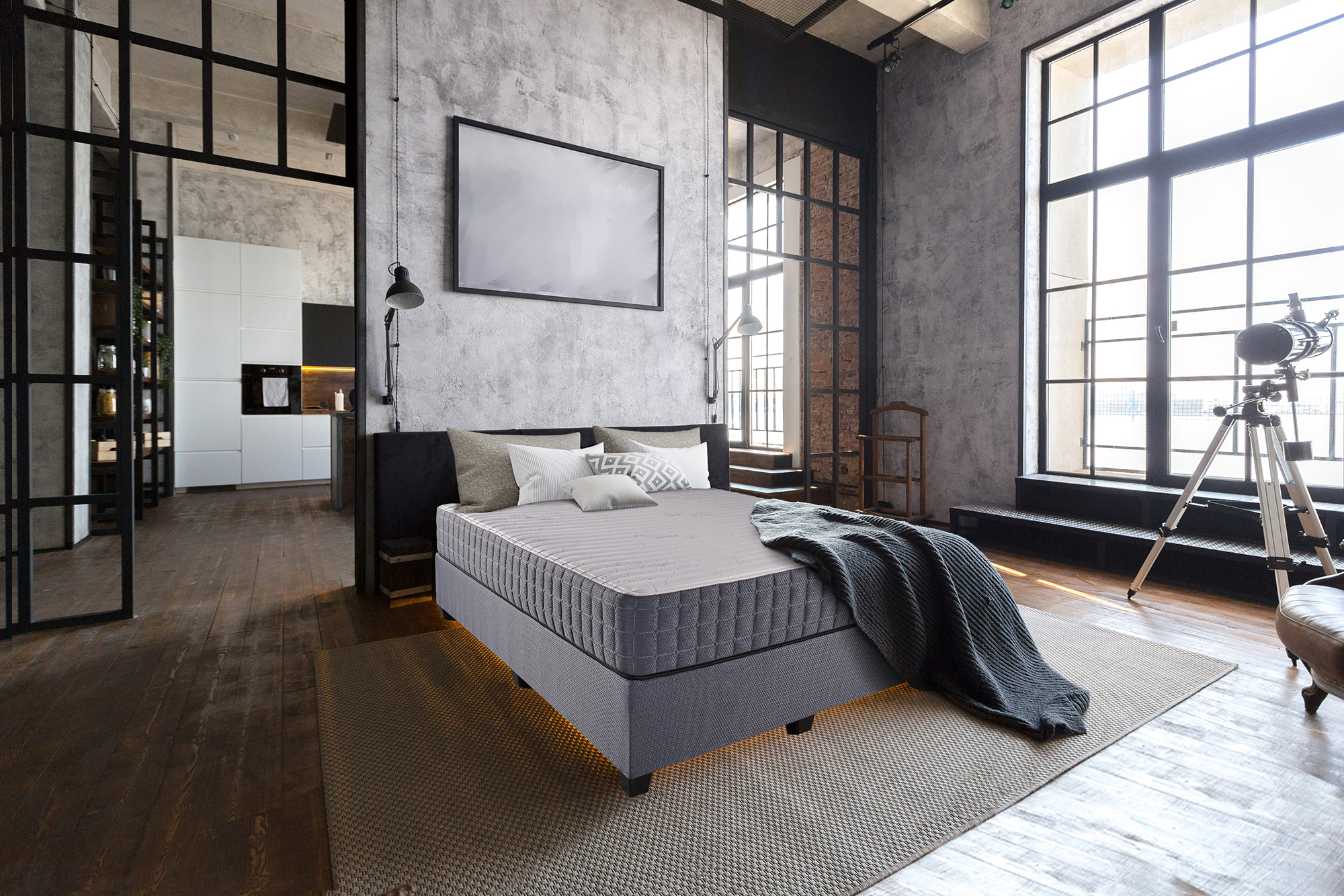Furniture has been a vital element of our civilization over thousands of years that serves both functional and decorative purposes throughout our life. From the first furniture made of stone and wood and modern, contemporary design we are seeing in the present, furniture has evolved alongside our culture and has reflected the evolution of technology, art as well as lifestyle. The change in furniture does not only revolve around material and style, but regarding how our demands and tastes have evolved over time. In this post we’ll explore the historical, style of furniture, the materials used, as well as future fashions of furniture and highlight its long-lasting value in our homes and community.
In the past, furniture was designed primarily for use in practical ways. The earliest civilizations furniture items were usually made using locally-available materials including stone, wood or even iron. Early Egyptians were, for example, utilized simple wooden stools as well as chests. However, the Greeks and Romans brought more sophisticated models, like recliners and tables with ornaments. As the world grew as did the demand for furniture was increasing, resulting in advances in workmanship and the development of more refined styles. In mid-century, the Middle Ages, furniture began to represent the status and wealth of the owners with elaborately-carved pieces that were adorned with precious material. This was the first time that furniture became a part of furniture not just for its practicality but as a symbol of the individuality and elegance.
The Renaissance period represented a crucial change in furniture design as craftsmen were able to marry functionality with artistic flair. The Renaissance period saw the rise of intricate designs with extravagant carvings, glittered surfaces and luxurious furniture. The concept of perspective on painting also affected furniture design, which led to aesthetic and proportional shapes. At that time, furniture became a painting canvas, using styles such as Baroque and Rococo with elaborate detailing as well as extravagant design. These trends set the scene for the future furniture styles that tended to emphasize beauty and practicality creating the basis of modern-day interior design.
When the Industrial Revolution took hold in the 18th and 19th century, furniture production underwent a significant change. Machines allowed to mass produce, which made furniture easier to access for people in general. This decentralization of furniture style led to the development of different designs, like Victorian or Arts and Crafts, each featuring distinct traits. For instance, the Victorian fashion, for instance was characterized by heavy, dark wooden furniture and elaborate detailing and the Arts and Crafts movement emphasized the simplicity and craftmanship, a reaction to the modernization of industry. It also witnessed the rise of famous furniture makers, including Charles Rennie Mackintosh and Frank Lloyd Wright and Frank Lloyd Wright, who both played a role in the development of aesthetics and design.

The 20th century saw best mattress malaysia style underwent a major change with the introduction of modernism. Modernism was an era of minimalistism functionality, as well as the notion that form must reflect the function. Designers such as Ludwig Mies van der Rohe and Le Corbusier advocated clear forms and straight lines, moving away from the elaborate styles of the previous. Utilizing new material, like plastic, steel, and molded plywood, made it possible to create innovative designs that emphasized the comfort of their users and also added utility. Modern mid-century furniture is distinguished by elegant lines and organic forms were sought-after as a result of a shift towards a relaxed living style as well as a focus on personal experience of the person in their home.
The furniture sector continues to grow and is influenced by modern developments and environmental concerns. Sustainability has been a key element in furniture style, and there are a number of producers focusing on sustainable manufacturing processes and materials. People are becoming more aware about their effect on the planet, which has led to an increased demand for furniture which is not just fashionable but also sustainably procured. In addition, the development of technology has altered the way people interact with furniture and furniture, with intelligent furniture as well as multi-functional furniture increasing in popularity. In particular, furniture that incorporates charging stations, modular design, or features that are adjustable cater to modern-day lifestyles by focusing on flexibility and comfort.
As a conclusion, furniture has undergone a amazing transformation through time and has reflected changes in society technology advancements as well as changing preferences. From its humble beginnings to its current status as an expression of culture and individuality furniture is still playing an important part in our daily lives. In the future, furniture is set to adopt sustainable development and new technologies, which will ensure that furniture stays relevant in an ever-changing and evolving world. No matter what it is, whether it’s a simple seat or a grand dining table furniture is always an essential part of our home that contributes to our convenience, comfort and enjoyment. In the years ahead, we will continue to study the relationship between the design and craftsmanship as well as environmental sustainability, the future for furniture will be the same exciting and inspiring like its previous.
